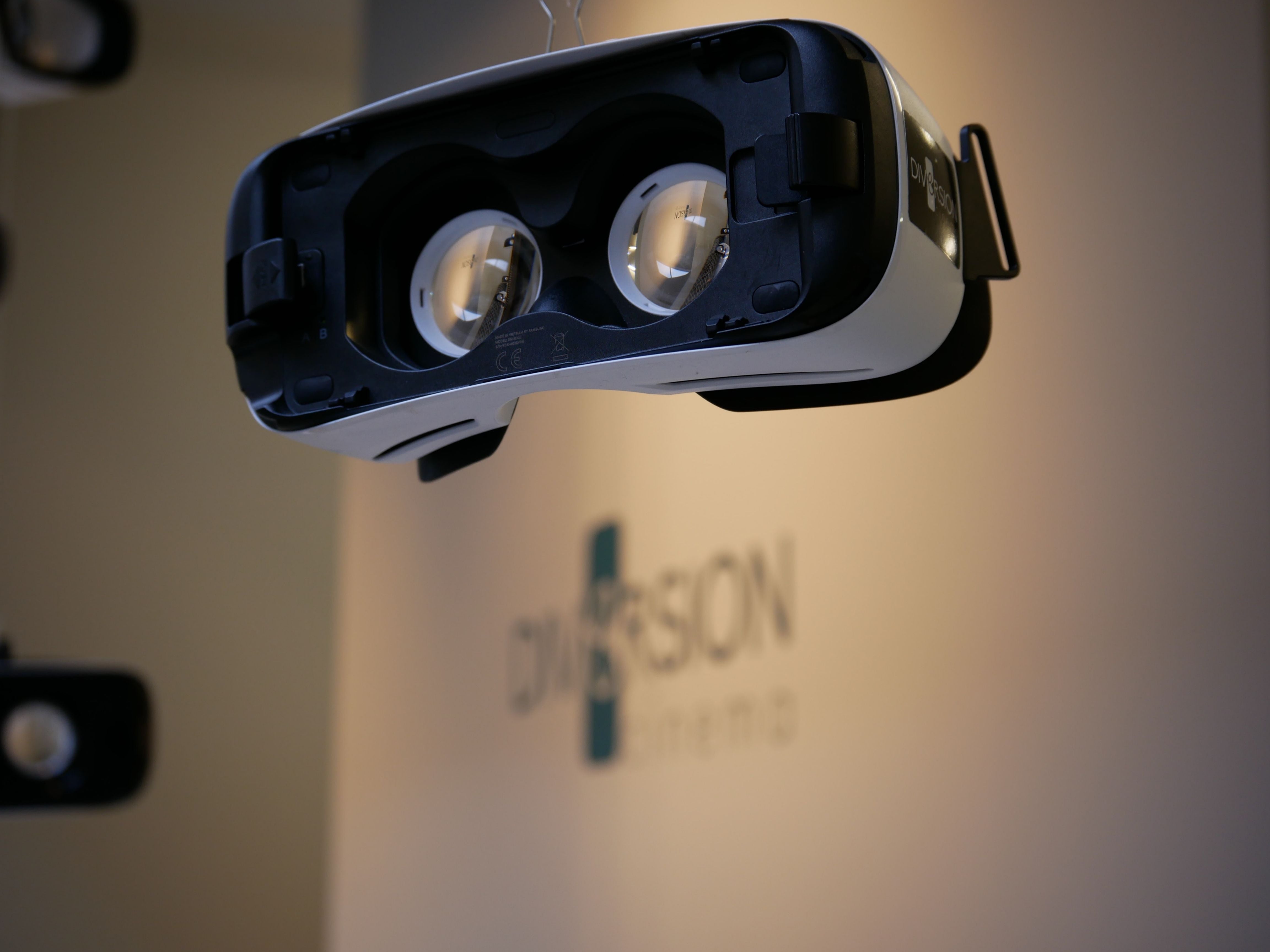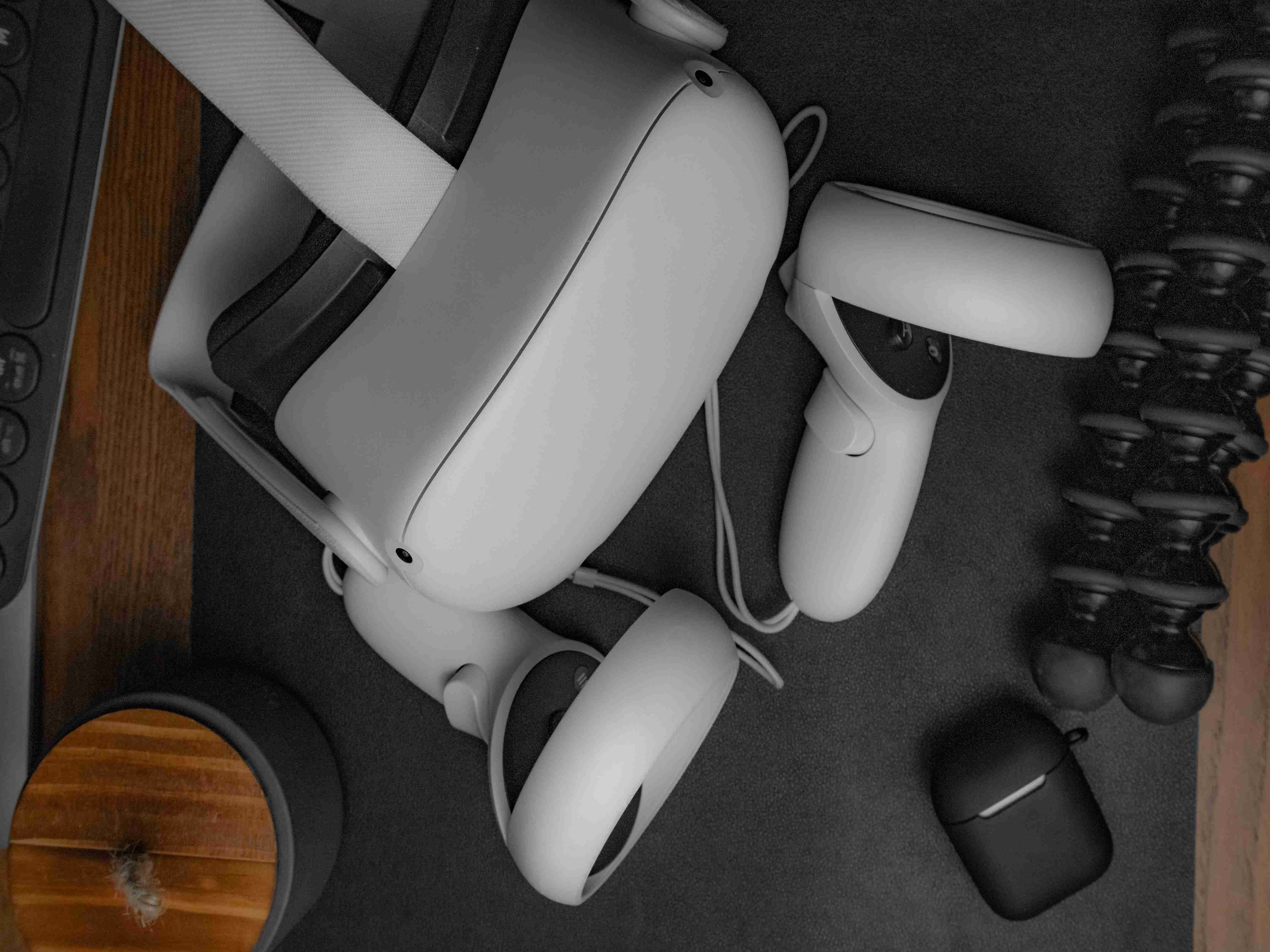VR virtual reality has received various attention since the second half of 2015, and its attention has been showing a hot trend. In particular, HTC, Oculus, and Sony have launched their VR headset products based on computer and home game consoles, which further promotes the popularization of VR virtual reality.
And VR is regarded as the next revolutionary field, especially in the gaming market, VR devices can bring a completely different immersive experience.
But we can't just know the different brands of VR equipment and what hardware specifications they have. We should understand some of their working principles on VR helmets so that we can better understand
What is virtual reality?
First of all, we need to understand the two basic terms - field of view and depth perception, which represent functional effects.
1. What is the field of view?
The visual field of view or the surrounding environment at any time is a particularly important factor in virtual reality. The wider the field of view, the easier it is for users to feel like they are there. Human vision consists of two fields of view.
Monocular FOV refers to the field of view of one eye. Normally, the horizontal angle of the monocular field of view is the angle between the nose and the pupil, which is between 170°-175°. The nose field of view is usually 60°-65°, the larger the nose, the smaller the field of view. The temporal bone field of view formed by the pupil and the head is wider, usually between 100° and 110°.
Interestingly, the visible colors vary across fields of view.
For most people, the binocular field of view is a combination of two monocular fields of view. When combined, the viewing angle is usually 200°-220°. The overlapping stereoscopic part of the two monocular fields of view is the binocular field of view, and we can see 3D objects.
The wide field of view helps create a sense of immersion and presence. Whether in the real world or a virtual headset, most actions take place in the stereoscopic binocular field of view.
2. How depth perception works
The brain perceives depth around it in three clever ways. Knowing the actual size of the object, you can infer the distance of the object based on the size of the object seen by the eyes. For example, a car that is close by will appear larger than a car that is farther away in a parking lot. Also, objects that are close up will enter the retina faster than objects that are far away.
If you look out the car window, the trees in the distance are almost motionless, but if you blink, you will most likely miss the sign. Finally, the distance between the eyes is about 64mm, and the different objects are input into the brain and combined into a 3D image. The greater the difference in the images, the more pronounced the effect. So close objects look more three-dimensional with a sense of depth, while distant objects are flatter.
3. Field of view for VR headset manufacturers
When it comes to the VR field of view, the limiting factor is the lens, not the pupil. To get a wider field of view, you need to shorten the distance from the lens or increase the size of the lens.
VR virtual reality manufacturers need to consider these questions.
With thinner lenses, the distance between the lens and the display increases, and the size of the headset increases.
Using thicker lenses (shorter focal lengths for magnifying objects) will shorten the distance to the display. But the thickness of the lens adds new engineering challenges because of geometric distortion and chromatic aberration. Because of the increased magnification, a higher-definition display is required to avoid the screen window effect (that is, you will see a single pixel).
Another option is to fix the size of the headset and increase the distance between the lenses and the eyes. But the field of view will shrink, which is a common problem with current small headsets. A thick lens is used, but the distance between the lens and the eye is too close.
Of course, larger diameter lenses can be used to increase the field of view, but there are also some new challenges. The middle of the large lens will also be thicker, and the weight will increase accordingly. This problem can be solved by Fresnel lenses. But the second problem is that no matter which type of lens is used, large lenses introduce more optical aberrations.
All of the above factors need to be considered when making a headset. Wide field of view, but make sure the headset isn't too big or too heavy while maintaining the best possible experience.
To better stabilize the display effect of fixed-size HMDs in VR virtual reality, the lens modes used by several mainstream VR HMDs are all designed based on Fresnel lenses.
There is considerable engineering experience in building tiny structures at the nanoscale. All of this means that, by choosing our products, we can optimize the product to the results you want, and this extremely optimized VR lens may soon be available in the consumer market, making it very good for you in the market sales.
